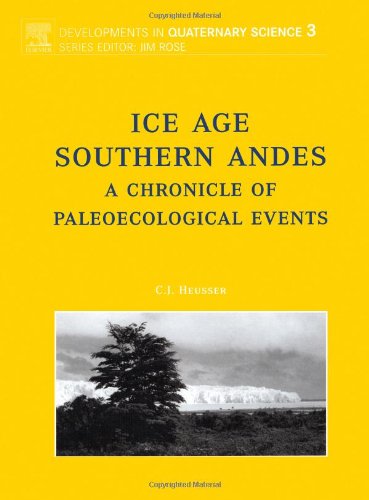

Most ebook files are in PDF format, so you can easily read them using various software such as Foxit Reader or directly on the Google Chrome browser.
Some ebook files are released by publishers in other formats such as .awz, .mobi, .epub, .fb2, etc. You may need to install specific software to read these formats on mobile/PC, such as Calibre.
Please read the tutorial at this link: https://ebookbell.com/faq
We offer FREE conversion to the popular formats you request; however, this may take some time. Therefore, right after payment, please email us, and we will try to provide the service as quickly as possible.
For some exceptional file formats or broken links (if any), please refrain from opening any disputes. Instead, email us first, and we will try to assist within a maximum of 6 hours.
EbookBell Team

4.8
94 reviewsOpposed to the prevailing Southern Westerlies, the Southern Andes are positioned to receive the brunt of the winds, while biota are set to record the shifting of incoming storm systems over time. Sequential, latitudinally-placed, sedimentary deposits containing microfossils and macroremains, as archives of past vegetation and climate, make possible the detection of equatorward and poleward displacement of plant communities and, as a consequence, changes in climatic controls. No terrestrial setting in the Southern Hemisphere is so unique for palaeoenvironmental reconstruction during and since the last ice age. Twenty radiocarbon-dated fossil pollen and spore records chosen to place emphasis on the last ice age include high-resolution, submillennial data sets that also cover the Holocene, thus providing contrast between present interglacial and past glacial ages. From a refined data base, the records constitute the foundation for interpreting factors responsible for vegetation change over >50,000 14C years, glacial-interglacial migration and refugial patterns for a diversity of taxa, and the extent of intrahemispheric and polar hemispheric synchroneity versus asynchroneity.